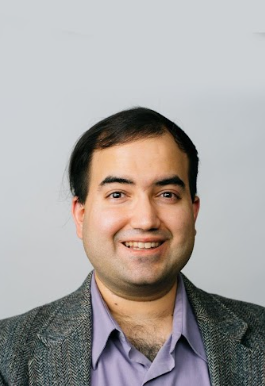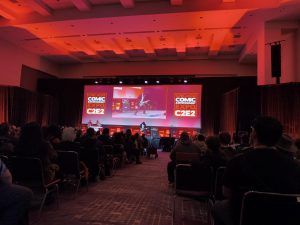A Call for Having a Fall Break Just Like the Notorious Spring Break
January 19, 2023
As students, you are probably familiar with spring break that takes place sometime during the month of March or April depending on the junior college or university you have transferred from. Spring break is a great way to break up the semester and recharge to successfully navigate finals. During the fall semester, this time to recharge does not actually exist. The past Thanksgiving weekend was just a four-day weekend from November 24-27, according to the NEIU calendar of events. It was a long weekend barely sufficient to recharge. The Thanksgiving holiday may even be considered as hectic by some people because people travel and meet with extended families. Thus, the single day off adds to more stress and delays upon returning home. Since there are usually far fewer classes taking place on Fridays, most students are familiar with experiencing a three-day weekend every week.
The premise of having a weeklong break is to motivate students to finish the semester strong. However, with a long weekend, such as this past Thanksgiving weekend, it hardly has any benefits at all. Winter break is already four weeks long. So what is the harm of borrowing three of those winter break days and transforming Thanksgiving weekend into a full week? Surely students, staff and faculty members would appreciate a full week off before finishing the semester. It is difficult to be unappreciative and unempathetic about having a week off.
Alternative Spring Break (ASB) is a concept that allows groups of students to become active citizens by learning about social causes and inequities while doing volunteer work, as NEIU puts it. Alternative fall break would be a very similar concept. There are several categories of students who would greatly benefit from the practice of having a fall break. Some students would travel back home for the week, some students would volunteer and be active, other students would complete their projects and do further final exam preparation and there are the students who have requested assignment and project extensions who would greatly benefit from a week off. Thus, fall break is not a wild idea. It is a very cogent and reasonable practice.
As it stands now, the fall semester continues to get unequal consideration compared to the spring semester. That one week of holiday could actually be a breaking point for determining whether students pass or fail a course. By taking off for a week, motivation to finish the semester strong is more likely. According to researchers at the Journal of Student Affairs Research and Practice, in a paper titled “Alternative Spring Break: Learning through Community Service,” alternative spring break has the potential for students to feel a sense of self-worth, make a contribution and benefit somebody’s life by engaging in community service outings. In addition, since NEIU is recognized as a teaching institution for the future teachers of America, having a similar venue of volunteering and student involvement over fall break would allow the concept of civic education to preside. As the researchers Rhoads and Neururer have stated, “learning about oneself and others is a significant goal of higher education [by being a] prerequisite for and accompaniment to higher education.” The two researchers performed participant observation research with the ASB students at their university. The results of the research indicated the students achieved feelings of self-confidence and being more capable than they previously gave themselves credit for during challenging work.
As you may see, since ASB is a cogent reason for having a week off for spring break, the concept of fall break should get equal consideration as well. With all of the changes that have happened to enrollment numbers during and preceding the COVID-19 pandemic, it may be a worthwhile consideration to give students additional benefits, such as a fall break and alternate fall break ritual as a way to give incentive to prospective university students. According to The Hechinger Report, economist Nathan Grawe has already predicted that many colleges and universities in metropolitan areas will experience a decrease in their student bodies by approximately 15% between 2025 and 2029. It is difficult to know the necessary action to increase higher education enrollment, but like ASB, a week-long alternative fall break may actually help. At the very least, there seems to be no harm in adopting such a concept.









